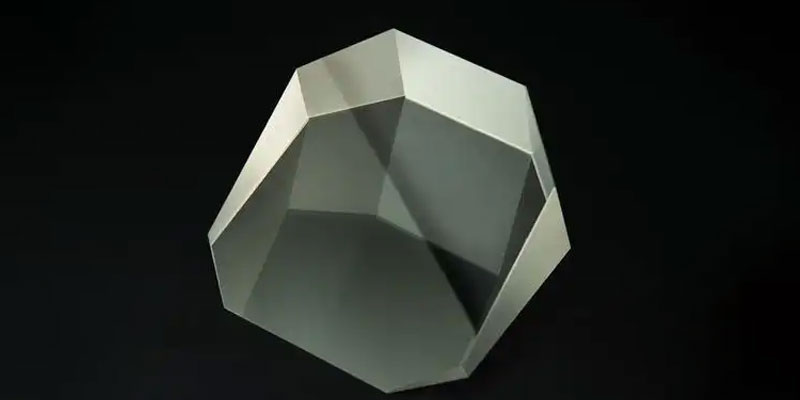
The wedge prisms are also referred to as beveled or wedge mirrors, are highly specialized optical components whose distinctive design can be a key component for optical components. A wedge prism is a form that has two faces that are not parallel, typically a right triangle, one beveled while the other is flat. The structure lets light be reflected as it passes by the lens, thereby creating a particular optical effect.

One of the most important features of the wedge prism’s refractive properties. When light is transferred through one medium to another it is reflected by the different refractive indexes of the two mediums. When a prism is shaped like a wedge light is transferred from air to glass, then to air. Because of the different in refractive indices between glass and air, the light is refracted when it travels across the prism changing the direction of light to shift. This refractive effect is what makes wedge prisms popular for optical applications.

In the beginning, wedge prisms can be used for important purposes for lasers. Since the laser beam is excellent directionality and monochromaticity the wedge prisms are utilized to alter how the beam of light is directed. Through the illumination of the laser beam onto its beveled surfaces of the wedge the direction of propagation of laser beam is altered through the refraction effects. Furthermore they can be utilized to focus and expand the beam of laser. By changing the angle and positioning of wedge prisms exact control over the beam may be achieved.
Alongside the laser, wedge prisms play a significant role in optical instruments and experiments. For instance in microscopes, wedges can be used to alter the optical path that runs between the optical lens and the eyepiece which allows the user to clearly view what is in the microscope. When it comes to telescopes wedge prisms may be utilized to alter the angle of incident of light, which can improve the effectiveness of observation by the telescope. Additionally, in optical research wedge prisms can be employed to study the effects of interference, refraction, and diffraction of light helping scientists understand how light works and the properties it has.
It is worth noting that wedge prisms are also able to produce specific optical effects with a particular manufacturing and design. For instance, certain wedge prisms are designed with specific optical film layers in order to accomplish specific optical functions for example, reflection as well as transmission, filtering, other such. Furthermore, certain wedge prisms can be constructed out of specific materials, like glass, crystals and so on. to satisfy the requirements of specific optical systems.
In the end, wedge prisms play an crucial roles in optical systems, as an essential optical component. Their refractive properties cause light to alter direction as it moves through the wedge prism in order to create certain optical properties. In laser technology and optical instruments or in optical experiments they have a significant role to play in helping people comprehend and apply the knowledge of optics. With the constant advancement of technology and science applications to wedge prisms is set grow, and their importance in optics will increase.
optlenses
Related posts
Dichroic Mirror: A Reliable Assistant in Gemstone Identification
What is the Iris Diaphragm Microscope?
What is an collimator and its application fields?
Confocal Microscopy:The Pioneer of High-Precision Imaging



